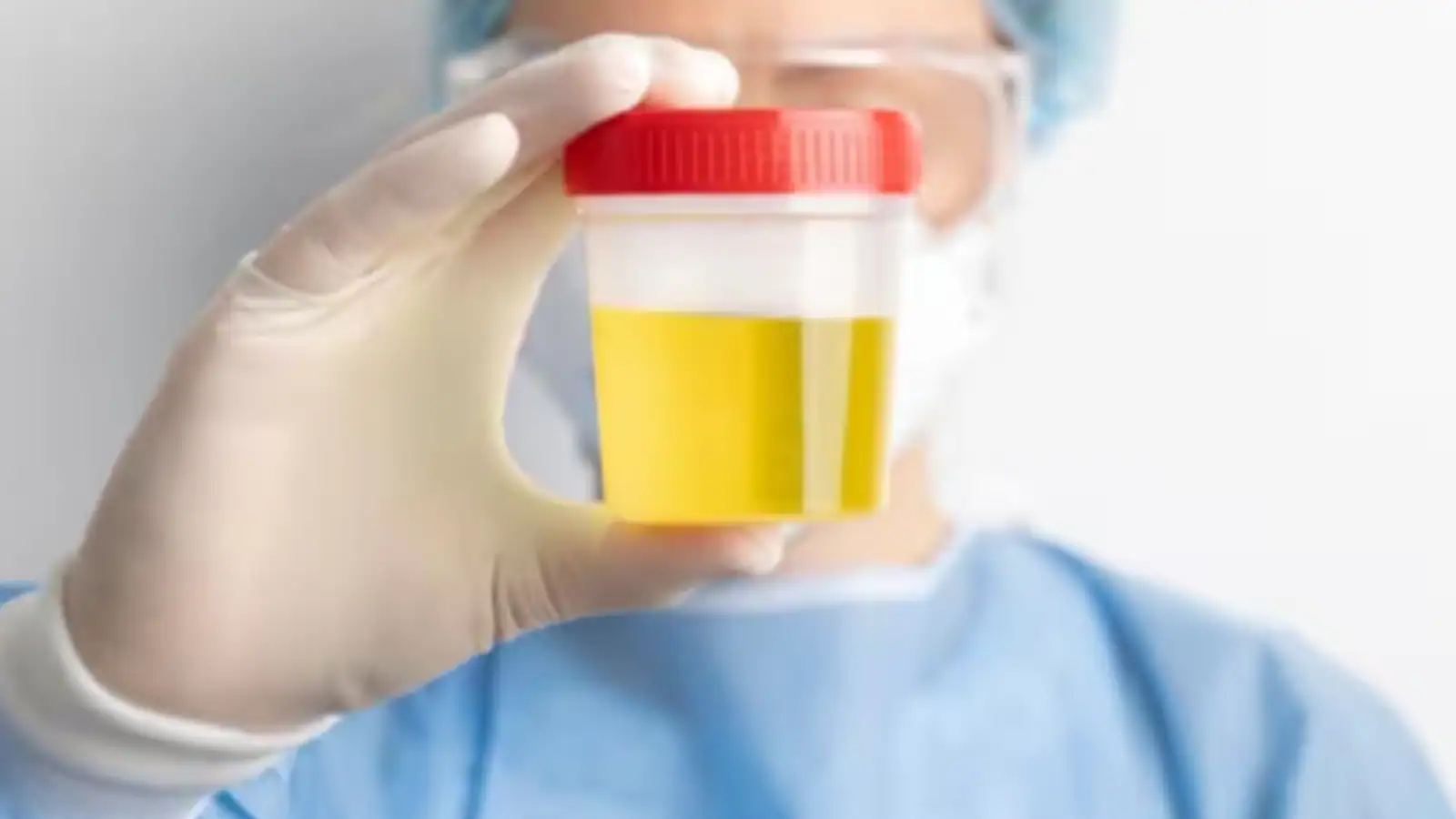By News18,Nishad Thaivalappil
Copyright news18

Urine is far more than just excess water and waste filtered out by the kidneys, it can serve as a window into your overall health. Doctors often rely on urine analysis to detect problems not only in the kidneys but also in the liver, bladder and even the metabolic system. Subtle changes in the colour, consistency or odour of urine can act as early warning signs of underlying diseases. In many cases, the body signals trouble through urine long before other symptoms become obvious. Conditions such as infections, liver disorders, kidney disease and even certain cancers may first make themselves known through urine abnormalities.
Below are five key ways urine can provide important clues about serious health concerns, along with signs you should never ignore.
Blood in the Urine (Hematuria)
Noticing red or pink urine is often alarming and for good reason. Blood in the urine, medically called hematuria, can be linked to urinary tract infections (UTIs), kidney or bladder stones and in more severe cases, cancers of the kidney or bladder. Unlike temporary colour changes from foods such as beets or medications, red urine caused by internal bleeding always warrants medical investigation.
Symptoms that may accompany hematuria include painful urination, a burning sensation, frequent urges to pass urine, or lower back pain. Ignoring these signs can delay the detection of serious conditions. Doctors usually confirm the cause with urine tests, imaging scans or sometimes cystoscopy and prompt treatment can prevent complications.
Dark Brown or Cola-Coloured Urine
Urine that appears unusually dark brown or tea-coloured often suggests deeper health problems related to the liver, kidneys or muscles. For instance, liver diseases such as hepatitis or cirrhosis can increase the level of bilirubin in the body, which then darkens the urine. In severe kidney disease, waste products accumulate and give urine a persistently dark shade, even if you are well hydrated.
Another possible cause is rhabdomyolysis, a dangerous condition where muscle tissue breaks down and releases myoglobin into the bloodstream, which then gets filtered into urine. This can damage the kidneys if untreated. When dark urine is accompanied by jaundice (yellowing of the skin or eyes), fatigue or abdominal pain, it is crucial to seek immediate medical care.
Persistent Foul or Unusual Odour
While the smell of urine can change temporarily based on hydration, certain foods or medications, a persistent strong odour often points to illness. For example, UTIs can give urine a sharp ammonia-like smell, while some infections cause it to have a sweet or unusually foul scent.
Rare inherited metabolic disorders, such as phenylketonuria or maple syrup urine disease, also cause very distinctive odours due to the body’s inability to break down certain substances. Changes in urine odour can also signal liver disease, where toxins build up in the body. If a strong odour continues for days and is accompanied by fever, discoloured urine, pain or confusion, it may indicate an infection or metabolic problem that requires urgent attention.
Cloudy or Foamy Urine
Cloudy urine often indicates the presence of bacteria, white blood cells, or crystals, which are commonly seen in urinary tract or kidney infections. These infections may also cause urine to smell unpleasant or appear thicker than normal.
Another red flag is persistently foamy or bubbly urine, which suggests the presence of excess protein—a condition known as proteinuria. This is often one of the earliest signs of kidney disease, as damaged kidneys allow protein to leak into the urine instead of keeping it in the blood. If foamy urine is accompanied by swelling in the hands, feet, or around the eyes, it could point to worsening kidney damage that needs urgent evaluation.
Unusual Colours: Green or Blue Urine
Though rare, urine can sometimes appear green or blue. This can be caused by certain medications (such as amitriptyline or propofol), dyes used in medical tests, or even food colourants. Infections caused by bacteria like Pseudomonas can also turn urine green.
While occasional colour changes from diet are harmless, persistent green or blue urine needs medical investigation to rule out infections or liver-related issues. In some cases, unusual urine colours may be an early warning sign of urinary tract infections that require antibiotic treatment. A doctor can run tests to identify the exact cause and provide the right care.



